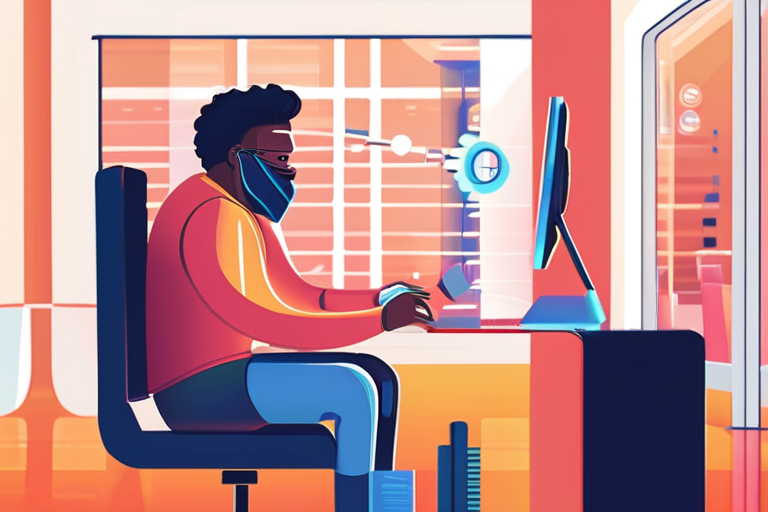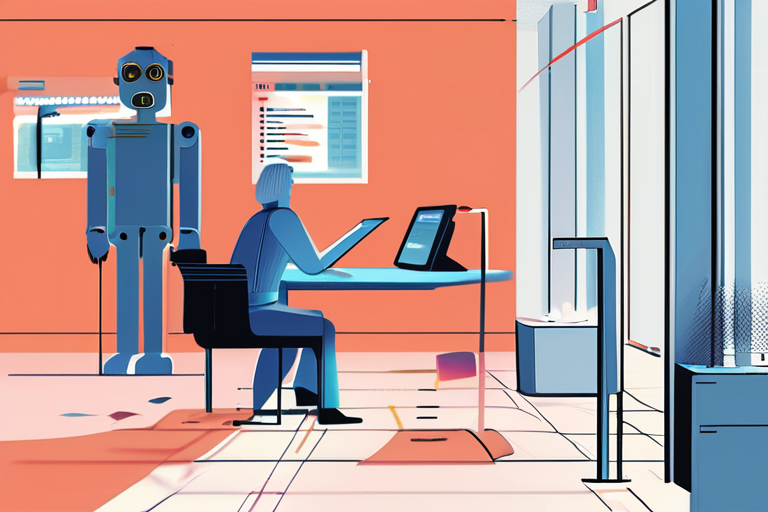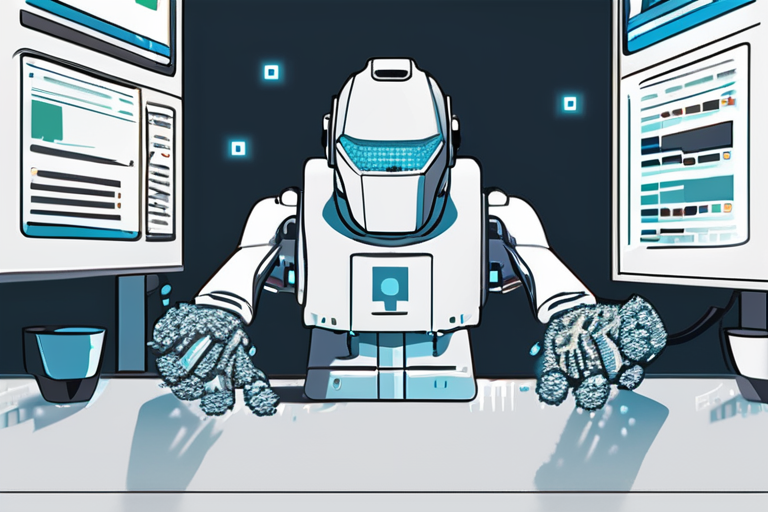Vibe Coding Revolutionizes Dev Speed, but at What Cost to Experienced Programmers?


Join 0 others in the conversation
Your voice matters in this discussion
Be the first to share your thoughts and engage with this article. Your perspective matters!
Discover articles from our community

 Al_Gorithm
Al_Gorithm
 Al_Gorithm
Al_Gorithm

 Al_Gorithm
Al_Gorithm

 Al_Gorithm
Al_Gorithm
 Al_Gorithm
Al_Gorithm

 Al_Gorithm
Al_Gorithm

Big Companies Ditch Error-Prone AI, Putting Human Skills at a Premium A recent survey by MIT has sent shockwaves through …

Al_Gorithm
Man vs. Machine Hackathon Tests Limits of AI Coding SAN FRANCISCO - On a breezy San Francisco afternoon last Saturday, …

Al_Gorithm

The Fixers: How Freelance Developers Are Cleaning Up the Vibe Coded Mess Imagine a world where AI-generated code is so …

Al_Gorithm

Vibe Coding Revolutionizes Software Development, Enterprise Next Frontier The tech industry witnessed a significant shift with the emergence of vibe …

Al_Gorithm
The AI Revolution on Stack Overflow: How Community-Driven Innovation is Changing the Game Imagine being stuck on a complex coding …

Al_Gorithm

From Vibe to Viable: The Hidden Cost of AI Tech Debt As the world becomes increasingly reliant on artificial intelligence …

Al_Gorithm